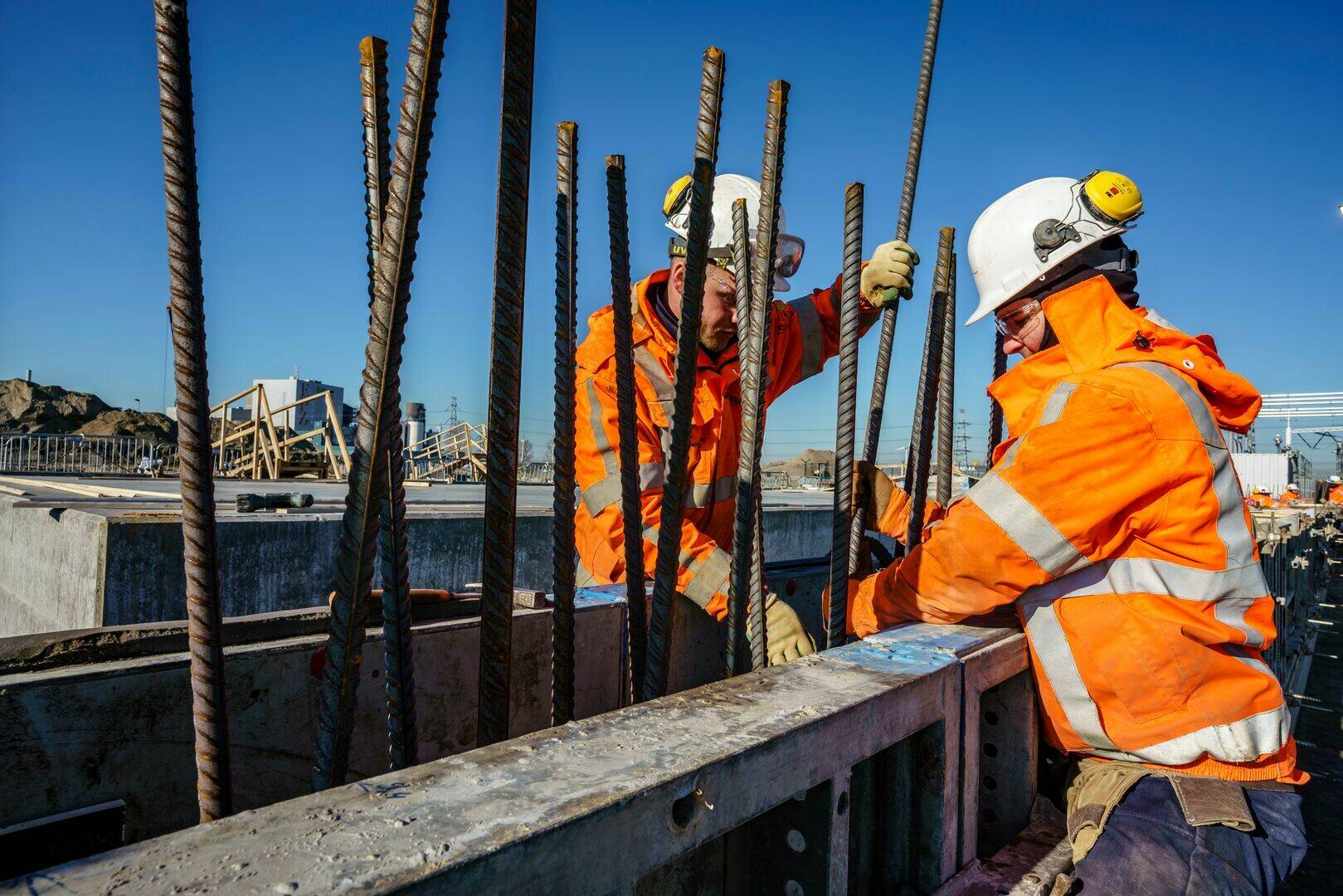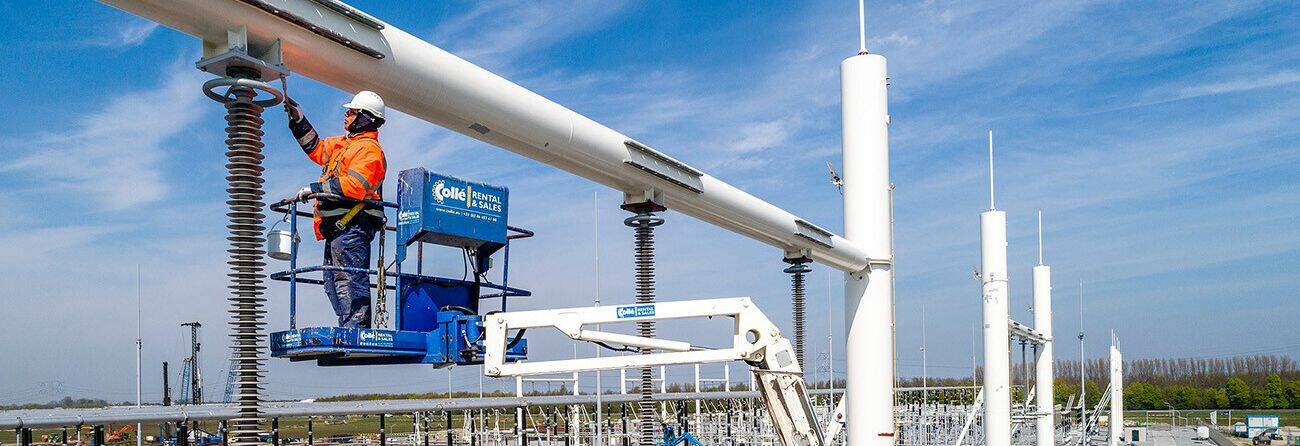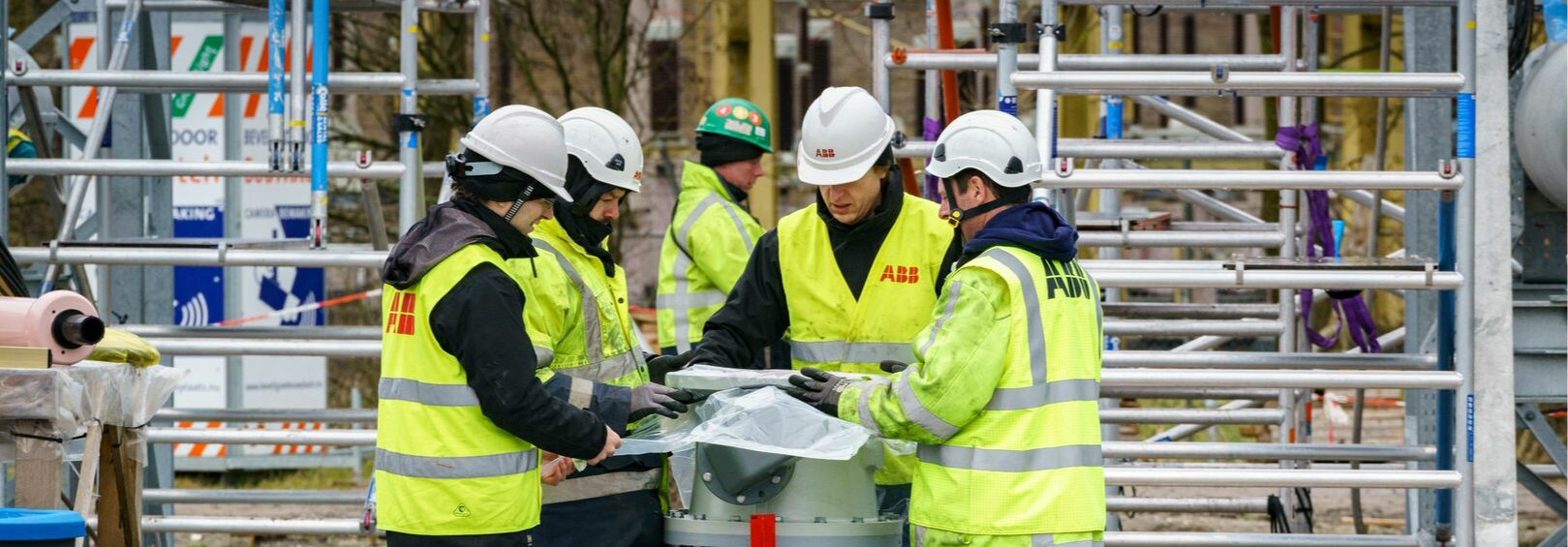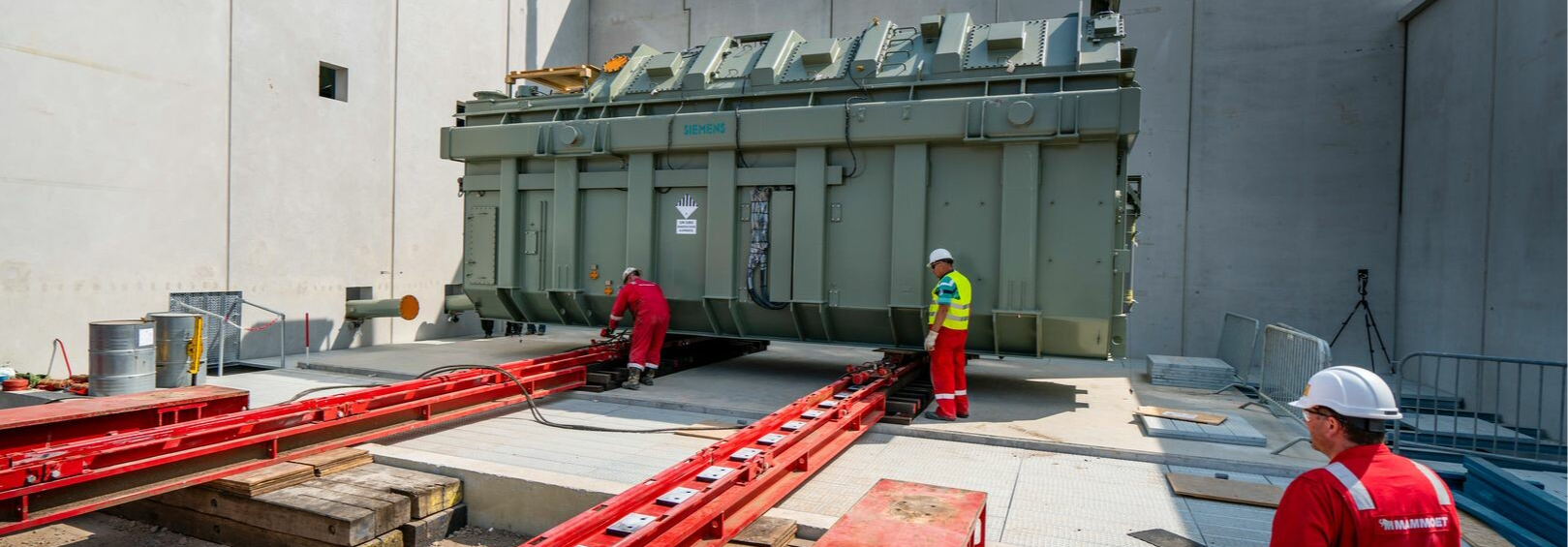



Our high-voltage grid has to 'just' keep functioning. And that while the grid is under increasing load, it needs to be substantially expanded and is in need of major maintenance. A tough challenge. The need to build, at a faster pace, is growing everyday.
Build
build
build
Preparing our high-voltage grid for the future, certainly that of our power highways - the 380,000 volt substations and the 380,000 volt power lines - is crucial for a reliable electricity grid with high security of supply. For these power highways, we are building dozens of 380 kV substations over the next few years. And we are constructing some 350 kilometres of overhead power lines consisting of some 1,000 high-voltage pylons for these power highways alone. At the same time, we are laying many kilometres of underground 110 kV and 150 kV cables and renewing over 140 existing - old but indispensable - high-voltage substations, which we are also expanding. Altogether, an enormous task.

That is why we are working on smart and efficient solutions for the expansion of our 380 kV grid. One such solution is modular construction, in other words; working with standards. By working with standard design modules, for substations and pylons, we can build faster. And therefore we van expand our electricity grid faster.

We are unable to realise this expansion on our own. To carry out this work at the desired - accelerated - pace, we seek intensive cooperation with our market parties. This requires partnership and joint design of modules for stations and pylons. Because in addition to the enormous construction task, we have to deal with labour shortages. This means we have to work together on smart and efficient solutions. Modular construction for the 380 kV substations and pylons is a concrete elaboration of this. By the end of 2024, we will realise 80% of our projects for the 380 kV substations and pylons with standard design modules. So that we can expand our power highway faster and realise the energy system of the future. And that is urgently needed!


Investment plans
Publication

Target Grid – the grid of the future
Background information

Investment plans
Publication

Target Grid – the grid of the future
Background information
We are unable to realise this expansion on our own. To carry out this work at the desired - accelerated - pace, we seek intensive cooperation with our market parties. This requires partnership and joint design of modules for stations and pylons. Because in addition to the enormous construction task, we have to deal with labour shortages. This means we have to work together on smart and efficient solutions. Modular construction for the 380 kV substations and pylons is a concrete elaboration of this. By the end of 2024, we will realise 80% of our projects for the 380 kV substations and pylons with standard design modules. So that we can expand our power highway faster and realise the energy system of the future. And that is urgently needed!
That is why we are working on smart and efficient solutions for the expansion of our 380 kV grid. One such solution is modular construction, in other words; working with standards. By working with standard design modules, for substations and pylons, we can build faster. And therefore we van expand our electricity grid faster.


Preparing our high-voltage grid for the future, certainly that of our power highways - the 380,000 volt substations and the 380,000 volt power lines - is crucial for a reliable electricity grid with high security of supply. For these power highways, we are building dozens of 380 kV substations over the next few years. And we are constructing some 350 kilometres of overhead power lines consisting of some 1,000 high-voltage pylons for these power highways alone. At the same time, we are laying many kilometres of underground 110 kV and 150 kV cables and renewing over 140 existing - old but indispensable - high-voltage substations, which we are also expanding. Altogether, an enormous task.
Build
build
build

Our high-voltage grid has to 'just' keep functioning. And that while the grid is under increasing load, it needs to be substantially expanded and is in need of major maintenance. A tough challenge. The need to build, at a faster pace, is growing everyday.

